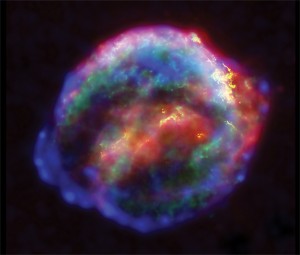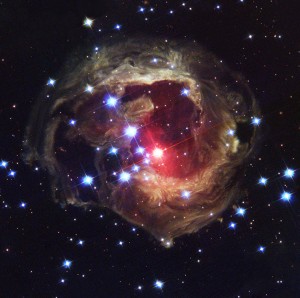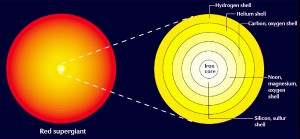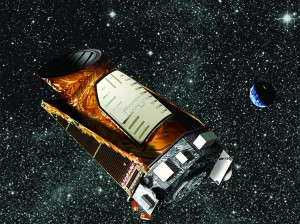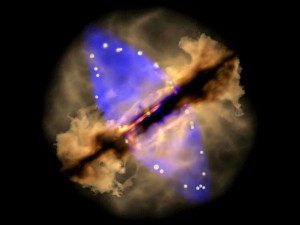Medieval Manuscript Yields Stellar Discovery
Wednesday, December 7th, 2022
A hidden star catalog on an ancient manuscript attributed to Hipparchus
Credit: Early Manuscripts Electronic Library/Lazarus Project, University of Rochester
Scholars studying Biblical texts have made an almost unimaginable find—fragments of a lost star catalog compiled by the ancient astronomer Hipparchus. Hipparchus’s work represents the earliest known project to catalog the entire night sky. The find is an example of a palimpsest—a manuscript that has been written over with other writings. The discovery was announced in the fall of 2022.
The lost fragments were discovered by researchers examining a text taken from the library of St. Catherine’s Monastery, a Greek Orthodox monastery on the Sinai peninsula in Egypt. That text was written during the Middle Ages, a period of history that lasted form about the 400’s through the 1400’s.
The text was written not on paper, but on a specially prepared animal skin called parchment. However, parchment and other materials could be rare in the Middle Ages. For this reason, scribes sometimes scraped the surface of the parchment, clearing the page for a new manuscript. In many cases, the scraped away writing can still be detected, forming a type of hidden manuscript called a palimpsest.
In 2012, a biblical scholar asked his college students to study the text beneath the manuscript, hoping to find earlier Christian writings. But one student spotted an astronomical passage often attributed to the ancient Greek mathematician Eratosthenes.
In 2017, researchers at the University of Rochester in New York analyzed the pages using multi-spectral imaging. They took 42 photos of each page at various wavelengths of light. A computer algorithm then combined the various images to search for hidden markings. The researchers discovered myths about the stars’ origins compiled by Eratosthenes, along with a poem about the constellations.
During the COVID-19 pandemic, the house-bound scholar passed the time re-examining the images. He was surprised to find what appeared to be stellar coordinates, numbers that can be used to measure the position of a star in the night sky.
Using radiocarbon dating, the coordinates were determined to be written in the 400’s or 500’s A.D. However, the way they were written suggested that they might have been copied from Hipparchus. Moreover, astronomers know that the stars appear to change position over time due to a wobble in Earth’s axis, an effect called precession. The coordinates were so detailed that scholars could thus determine that they were taken in 129 B.C., during Hipparchus’s life.
The oldest surviving star catalog comes from a work called the Almagest by the astronomer Ptolemy, compiled in the 100’s A.D. Hipparchus’s earlier catalog is mentioned in ancient sources. But with no surviving evidence, it was thought to be lost forever or even never to have existed.
The new discovery sheds an amazing light on Hipparchus’s work. Compiled nearly 2,000 years before the invention of the telescope, his catalog would have required countless hours of measurement with a sighting tube or a device called an armillary sphere. For now, only a few fragments remain, but scientists hope that they will help to identify other fragments of Hipparchus’s work in other manuscripts.

